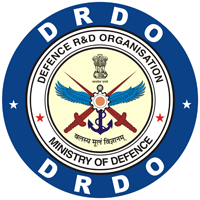Military Radio Communications Research in Australia
DOI:
https://doi.org/10.14429/dsj.43.4203Keywords:
Military radio communications, Digital radio communication, Self adaptive controlAbstract
An overview of recent research by the Australian Defence Science and Technology Organisation in the field of military radio communications is presented. A philosophy for improving digital radio system performance over complex, variable channels is outlined. A key breakthrough, called PDF-directed adaptive radio, which can provide substantially greater throughput over HF channels whilst minimising bit-error rate and delay, is described. Simulation results for fast adaptive Schemes applied to both serial-tone and parallel-tone HF modems are presented and shown to significantly out-perform fixed rate modems and modems employing hybrid automatic-repeat-request schemes. A new detector scheme is discussed which has superior performance to conventional detectors for digital traffic in the presence of inter-symbol interference and impulsive noise.Downloads
Published
2013-01-01
How to Cite
Cook, S., Scholz, J., & Andrews, F. (2013). Military Radio Communications Research in Australia. Defence Science Journal, 43(1), 7–16. https://doi.org/10.14429/dsj.43.4203
Issue
Section
Special Issue Papers
License
 Where otherwise noted, the Articles on this site are licensed under Creative Commons License: CC Attribution-Noncommercial-No Derivative Works 2.5 India
Where otherwise noted, the Articles on this site are licensed under Creative Commons License: CC Attribution-Noncommercial-No Derivative Works 2.5 India

